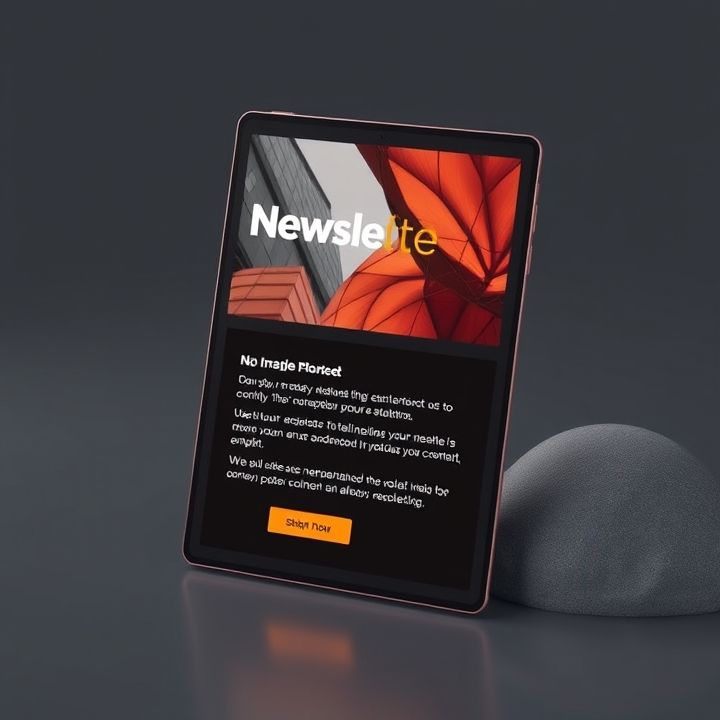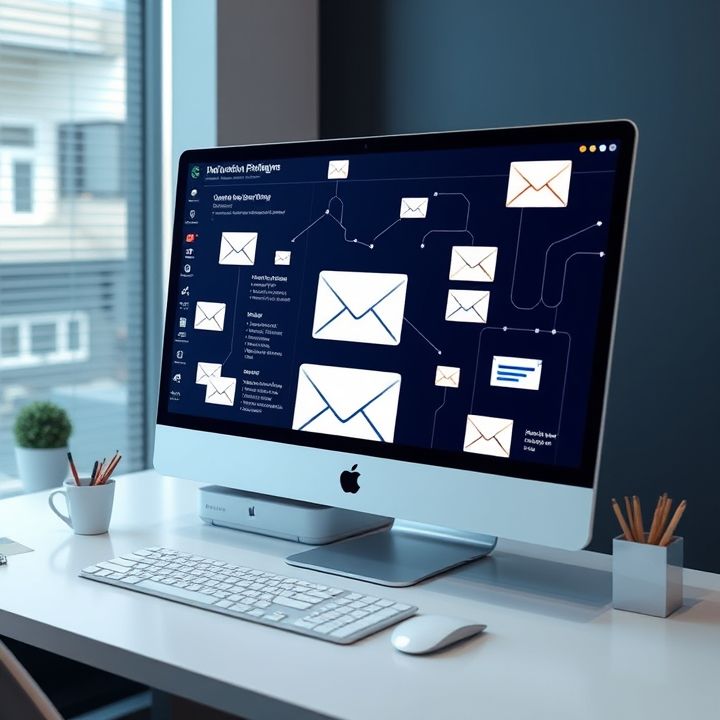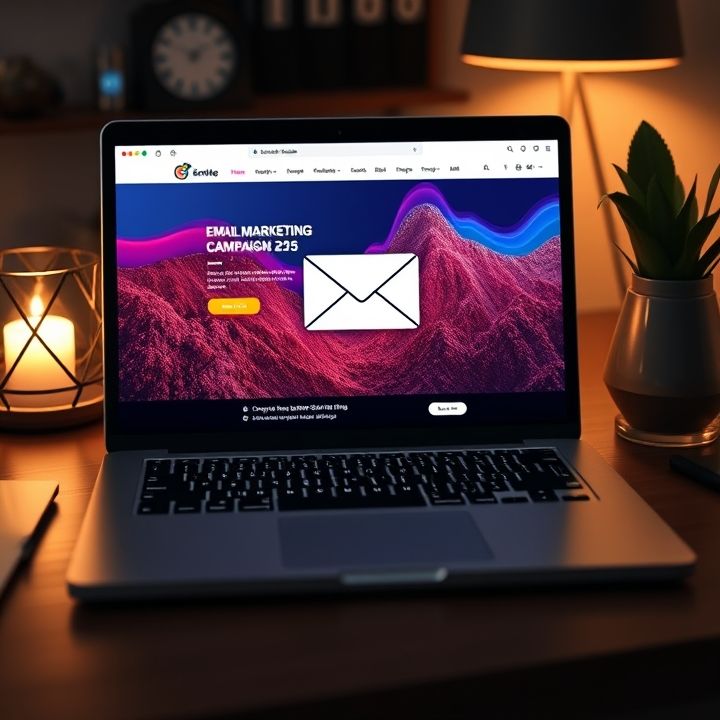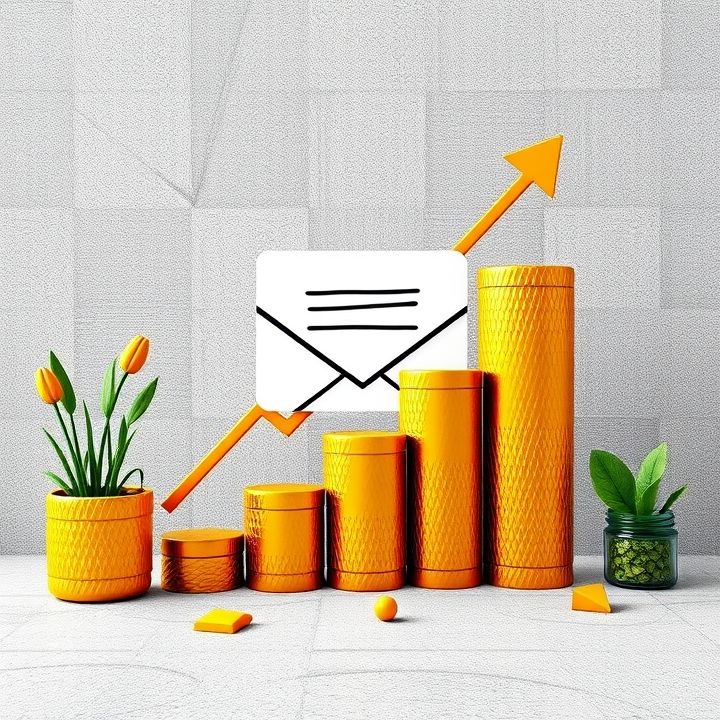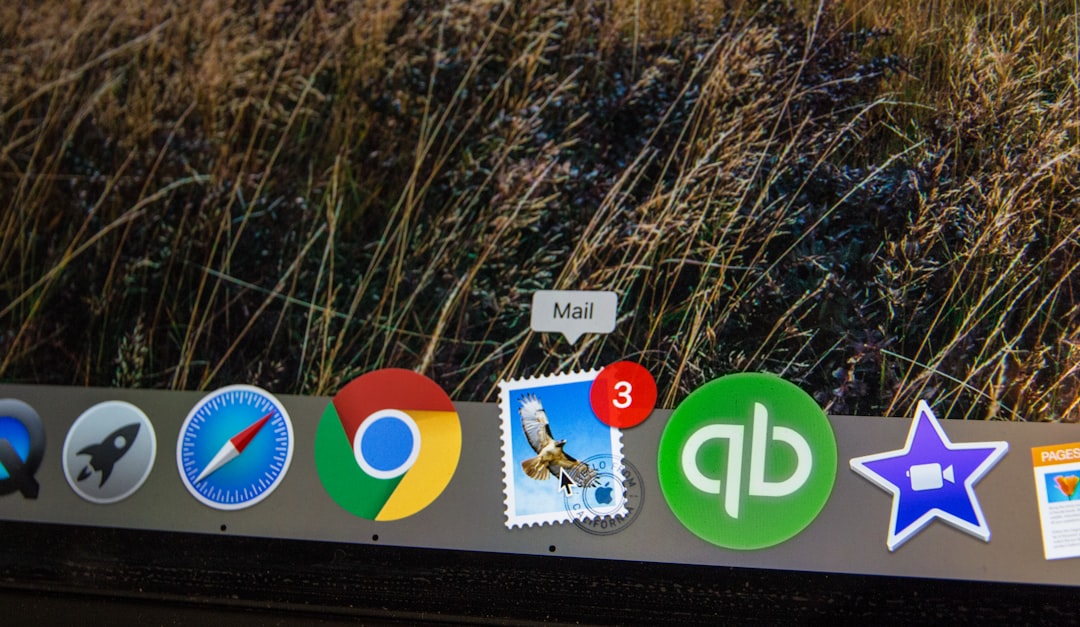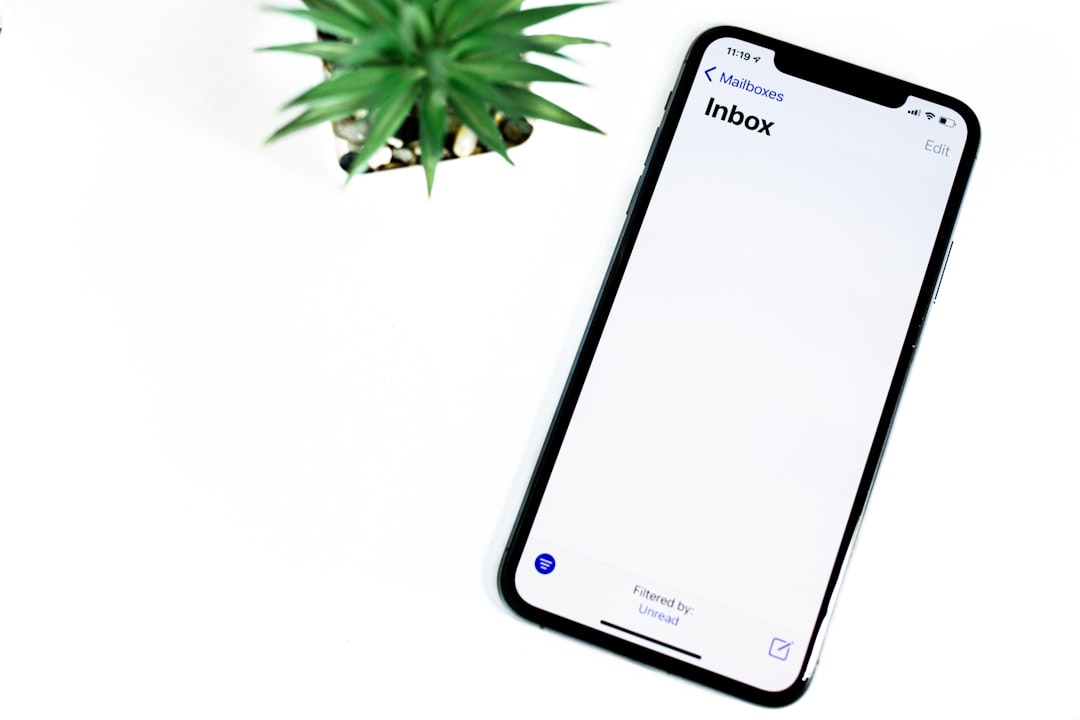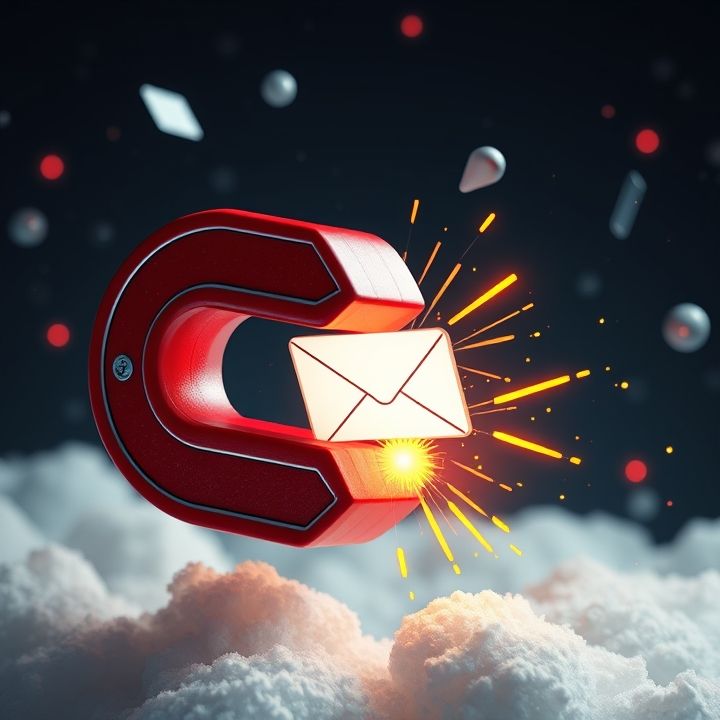Table of Contents
- Introduction
- Understanding the importance of customer segmentation in email marketing
- Identifying key customer segments based on behavior and preferences
- Analyzing customer engagement metrics to determine optimal email frequency
- Creating tailored content for each customer segment to increase relevance
- Implementing automation to efficiently manage segmented email campaigns
- Conclusion
- Frequently Asked Questions
Introduction
Are your emails getting lost in a sea of unread messages? Feeling the sting of diminishing open rates and relentless unsubscribes? You’re not alone. In today’s digital marketplace, email fatigue is the arch-nemesis of even the savviest marketers. But what if there was a way to cut through the noise and capture your audience’s attention like never before? Welcome to the world of customer segmentation, where precision meets persuasion, promising to revolutionize your email marketing strategy.
Imagine perfectly tailored messages landing in each customer’s inbox at just the right moment, compelling them to not just open your email but to eagerly engage with your content. By mastering customer segmentation, this isn’t just a fantasy—it’s a tangible reality. In this article, we’ll unlock the secrets to skyrocketing engagement and show you how to crush the curse of email fatigue once and for all.
Join us on this journey as we explore the transformative power of customer segmentation. But first, let’s take a closer look at how you can kick-start this process.
| Key Benefits of Segmentation | Examples |
|---|---|
| Increased Engagement | Higher open and click-through rates |
| Better Targeting | Messages resonate with specific groups |
| Reduced Unsubscribes | Content feels more relevant to users |
Understanding the importance of customer segmentation in email marketing
Customer segmentation plays a crucial role in refining email marketing strategies, enabling businesses to deliver more personalized content to their audience. By dividing customers into distinct groups based on shared characteristics, marketers can tailor email campaigns to suit the preferences, behaviors, and demographics of each segment. This targeted approach not only enhances the relevance of the content but also significantly boosts engagement rates.
Segmentation can be based on various factors such as age, gender, purchase history, location, and even behavioral data like website interactions or email engagement. By understanding these segments, businesses can determine the optimal frequency of their communications, ensuring that customers receive emails at a pace that suits their interests without overwhelming them, thereby reducing the risk of email fatigue.
In addition, customer segmentation fosters stronger customer relationships by making recipients feel valued and understood. This, in turn, can lead to increased brand loyalty and higher conversion rates, as customers are more likely to engage with emails that resonate with their interests and needs. Overall, effective segmentation is a powerful tool in crafting successful email marketing campaigns, driving both customer satisfaction and business growth.
Identifying key customer segments based on behavior and preferences
Customer segmentation is an essential strategy in tailoring email frequency and preventing email fatigue. By identifying key customer segments based on behavior and preferences, businesses can better target their communication efforts. It’s important to analyze data such as purchase history, browsing patterns, and response to previous email campaigns to create effective segments. For example, customers who frequently open and engage with promotional emails might appreciate more frequent communication compared to those who rarely interact.
Behavioral segmentation considers how customers interact with your brand. Analyzing data such as purchase frequency, average order value, and product preferences can provide insights into customer needs and potential interest areas. Preferences, on the other hand, can be determined by customer feedback, direct surveys, or tracking their interactions with your website and products. By leveraging this information, businesses can tailor email content and frequency, ensuring that customers remain engaged without feeling overwhelmed.
Personalization is key to maintaining interest and loyalty. By sending relevant content to specific segments, businesses can improve open rates and reduce unsubscribes. Segmenting customers allows for targeted messaging that aligns with customer interests, ensuring they receive valuable content without unnecessary clutter.
Analyzing customer engagement metrics to determine optimal email frequency
Analyzing customer engagement metrics is critical in determining the optimal email frequency for your marketing campaigns. By examining metrics such as open rates, click-through rates, and conversion rates, businesses can gain insight into how recipients are interacting with their emails. Additionally, unsubscribe rates provide valuable feedback on whether the current email frequency might be overwhelming for customers.
Personalizing email frequency according to customer engagement patterns helps to reduce email fatigue and enhance customer relationships. High engagement scores often indicate that customers are interested and responsive, suggesting that they might benefit from more frequent communication. Conversely, lower engagement levels may signal the need for reduced email cadence or even the re-evaluation of content relevance.
Segmenting your audience based on these metrics allows for tailored communication strategies. For instance, a highly engaged customer segment can be sent more frequent, targeted content based on their demonstrated interests, while less engaged customers might receive fewer emails, curated for better engagement potential.
In conclusion, regularly reviewing and adjusting email frequency according to these insights ensures that communication remains relevant and effective, thus helping to mitigate the risk of email fatigue while optimizing customer satisfaction.
Creating tailored content for each customer segment to increase relevance
Creating tailored content for each customer segment is crucial to increasing relevance and engagement in your email marketing strategy. By understanding the unique preferences and behaviors of different customer groups, you can design content that directly speaks to their interests and needs. Start by analyzing data such as purchase history, browsing behavior, demographic information, and engagement metrics. Once the segments are defined, you can craft personalized messages that resonate with each group’s specific characteristics.
For example, if you have a segment of frequent buyers, they may appreciate early access to sales and exclusive offers, thereby enhancing their loyalty. Meanwhile, a segment interested in informational content might benefit from newsletters containing expert advice or industry news. Additionally, consider adjusting the tone and style of your messages to align with each segment’s preferences. Personalization not only involves the content itself but also includes visual elements like images and design formats that appeal to different audiences.
Ultimately, by delivering content that stands out as relevant and personalized, you can significantly improve open rates, click-through rates, and overall customer satisfaction. This approach not only strengthens customer relationships but also mitigates the risk of email fatigue, ensuring that your communications remain welcome and effective.
Implementing automation to efficiently manage segmented email campaigns
Implementing automation in segmented email campaigns allows businesses to efficiently manage communication with diverse customer groups without overwhelming team resources. By using tools like customer relationship management (CRM) software, marketers can categorize their audience based on behavior, preferences, and engagement history, facilitating targeted campaigns for each segment. Automation platforms enable the scheduling and deployment of personalized emails tailored to each group’s unique characteristics, ensuring that content remains relevant and engaging.
Moreover, automation allows for dynamic adjustments in email frequency, preventing email fatigue among different segments. For instance, highly engaged customers might receive emails more frequently, while less active customers could be contacted less often or with re-engagement content. By analyzing engagement metrics, automated systems can trigger responses, such as follow-up emails or tailored promotions, enhancing customer experience and maximizing marketing effectiveness. This strategic approach not only nurtures relationships but also optimizes marketing resources, ensuring that efforts are focused where they are most effective.
Conclusion
In conclusion, mastering customer segmentation is the key to revitalizing your email marketing strategy and effectively combating email fatigue. By understanding and categorizing your audience based on their unique behaviors and preferences, you can deliver tailored content that resonates and engages. Analyze customer engagement metrics to fine-tune email frequency, ensuring communications are neither too sparse nor too overwhelming. With an automated approach, managing these segmented campaigns becomes efficient and precise, allowing for dynamic adjustments that keep your audience attentive and satisfied. Overall, embracing customer segmentation not only elevates engagement rates but also strengthens the connection with your customers, fostering loyalty and promoting brand growth.



